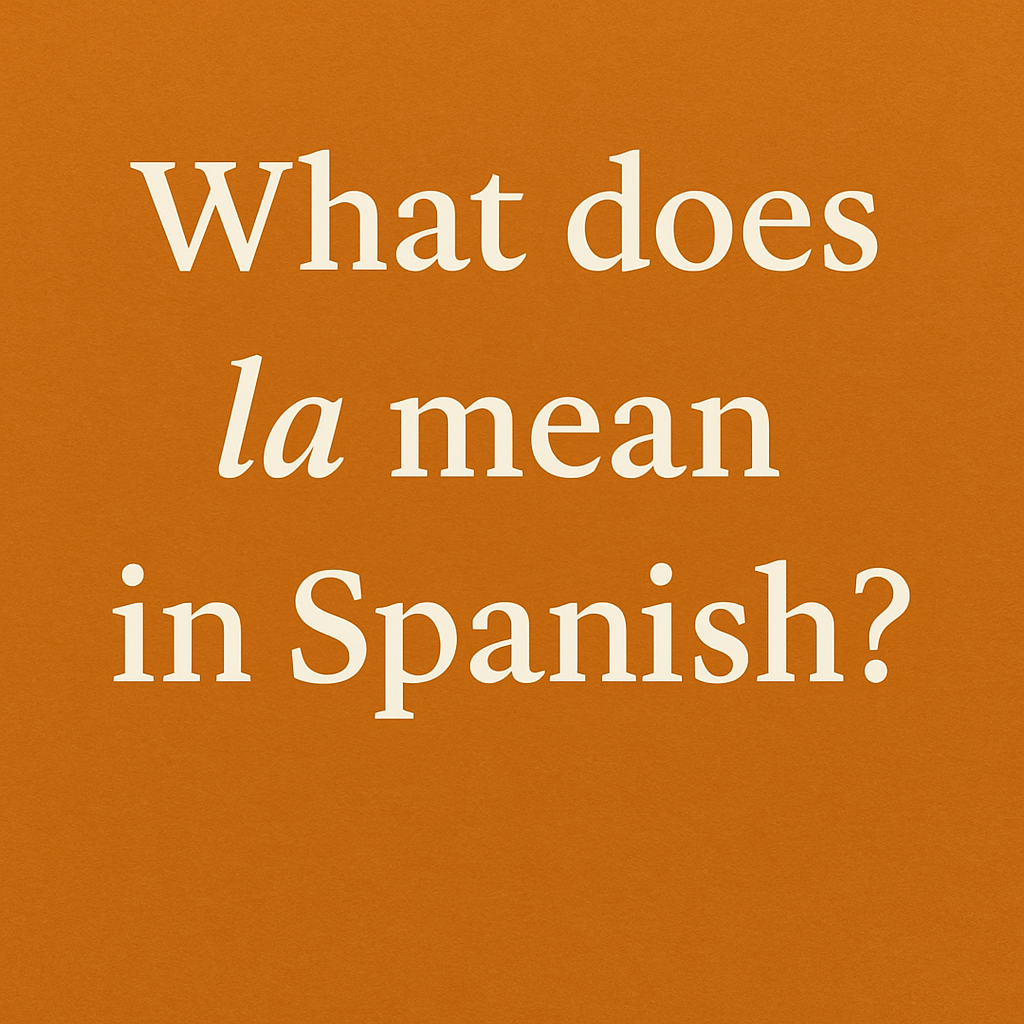This is a question that you have likely posed yourself more than once as a Spanish-language learner when you were required to attach an article to a noun. Articulos are small English noun words that precede a noun, and they inform us whether a noun we are referring to is general or specific. Even though we only have three articles in English, we have 9 articles in Spanish. But don’t panic! We have listed all of the nine Spanish articles below to get you started.
It is quite often quite easy to understand when to use el and la in Spanish. El is the definite article (male, singular) in the Spanish language, which translates to the. It is applied to masculine nouns and la is female. If you need more interested info like that visit quick guider.
However, there are some cases when the el is applied to feminine nouns, and the opposite. Since gender can be so much a part of learning Spanish your best chance as an English speaker is to learn each new word with an article attached to it.
Definite or Indefinite?
In Spanish, just like in English, the articles are either definido (definite), or indefinido (indefinite). In Spanish, we apply definite articles in the same way we apply them in English: to indicate that a noun is something that is known specifically by the speaker and his or her target audience.
The articles the and a/an are called definite and indefinite in English grammar. One uses the to signify a definite noun whereas the general or non-specific noun is marked with the a/an.
When to Use El and La in Spanish?
El in Spanish is a masculine word and la in Spanish is a feminine word. There is another rule that overrides this, when the feminine noun is singular, and begins with a stressed a- or ha- sound as in the words Agua, meaning water, and hambre, meaning hunger.
How the definite article turns into el is largely a question of how it feels to pronounce la Agua and la hambre and how unpleasant the sounds of the two-a are to repeat. It is more salient to declare el Agua and el hambre.
How to use the exception to the rules above?
We said that all words that have ia at the end of them are feminine. But when speaking of a man or a profession this is the way it is: EL espia = The spy (when the spy is a man), LA espia = The spy (when the spy is a woman).
It will be the gender of the person that will decide whether we use el or la. And since it is an occupation, we said that those ending in -a, are most likely to remain the same.
Reverting Back to the Feminine Article?
The only thing to keep in mind about using el and la in Spanish is that feminine words will not become masculine. The importance of this is whether the word takes a plural form, the word reverts to the female definite article. Here the definite article is las. There is nothing wrong with saying las arcas because the s in las begins to separate the sound of the double a.
Feminine Words Can Use the Masculine Indefinite Article?
Most grammarians believe that it is right that feminine words should adopt the masculine indefinite article un, rather than una, in the same circumstances that la would be modified to el. The same reason is why la is changed to el, to remove the sound of two words in one, i.e., the double-a.
Even though this is generally viewed as the correct grammar, this is not always the case. It is not important in normal spoken language as words elide, or are dropped, particularly when words run together.
Conclusion
The thing that one has to keep in mind when it comes to the usage of el and la in the Spanish language is that feminine words remain feminine. The vast majority of grammarians view it as right to have feminine words change to the masculine indefinite article un in the same circumstances in which la is replaced by el. If you need info related What are you doing in French.
Though this is generally believed to be proper grammar, this is not the rule everywhere. This rule does not apply in colloquial speech, because of elision, the omission of sounds, particularly as words run together.
